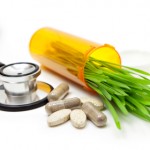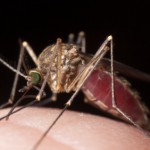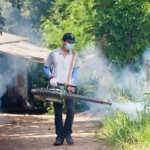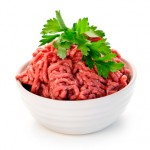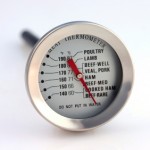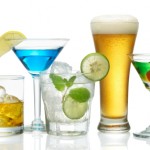A recent edition of The Wall Street Journal had an article titled "Supplements Offer Risks, Little Benefit, Study Says." It quoted a long-term study of Iowa women, uniform Caucasian and with a mean age of 61.6 in 1986 when the research began. This was not a prospective, randomized controlled trial (RCT), but a cohort study, i.e., a number of people grouped together for a particular reason.
When I Googled the original purpose of the research project I found the following statement:
The Iowa Women's Health Study (IWHS), started in 1986, is a cohort of 41,836 postmenopausal women aged 55-69 at baseline. The primary aims of the study were to:
1) Determine if the distribution of body fat (waist/hip) predicts incidence of chronic diseases, with the primary endpoints being total mortality, and incident cancers of the breast, endometrium, and ovaries, and
2) Determine to what degree diet and other lifestyle factors influence risk of chronic disease.
So who could resist this incredible pool of data? I was intrigued to note the authors of this paper were from Finland, Minnesota, South Korea and Norway; three were PhDs and one had a Doctorate in Pharmacy + a Masters degree in Public Health. I somewhat doubt they were the originators of the IWHS.
I found other papers stemming from this study: one concluded that drinking lots of decaf coffee was associated with less type 2 Diabetes, another looked at rheumatoid arthritis, another at colon cancer incidence.
I renewed my long-expired membership in the American Medical Association this morning (it's very inexpensive for an older retired physician) in order to have access to the full article.These authors looked at vitamin and mineral supplement use in 38,772 of the women. I agree with their take on supplement use in general (it helps in those clearly deficient; the rest of us who take them do so in hope of preventing chronic diseases and lowering our risk of dying prematurely).
The data from numerous studies, in terms of mortality risk, has been inconclusive. There have only been a few RCTs (mostly looking at calcium supplementation and vitamin use) that have said it's good to take supplements. Others have said not only do they not help, they may harm.
I read the conflicting reports with a jaundiced eye, but this one has a lot of accumulated data and it's at least worth paying close attention to. The basic conclusions in this particular population set (white women in Iowa) were that calcium supplements are good, iron supplements are bad and the rest don't help.
There are a few, maybe more than a few caveats. This is an association, not a causation, although the authors tried to eliminate many of the possible differences between those who did and those who did not take supplements. The fact that this wasn't an RCT meant the two groups differed in a number of fundamental ways. This was not a study originally set up to test if supplements helped or hurt or neither.
Bottom line: the paper is impressive, but won't change my own use of supplements in any way

